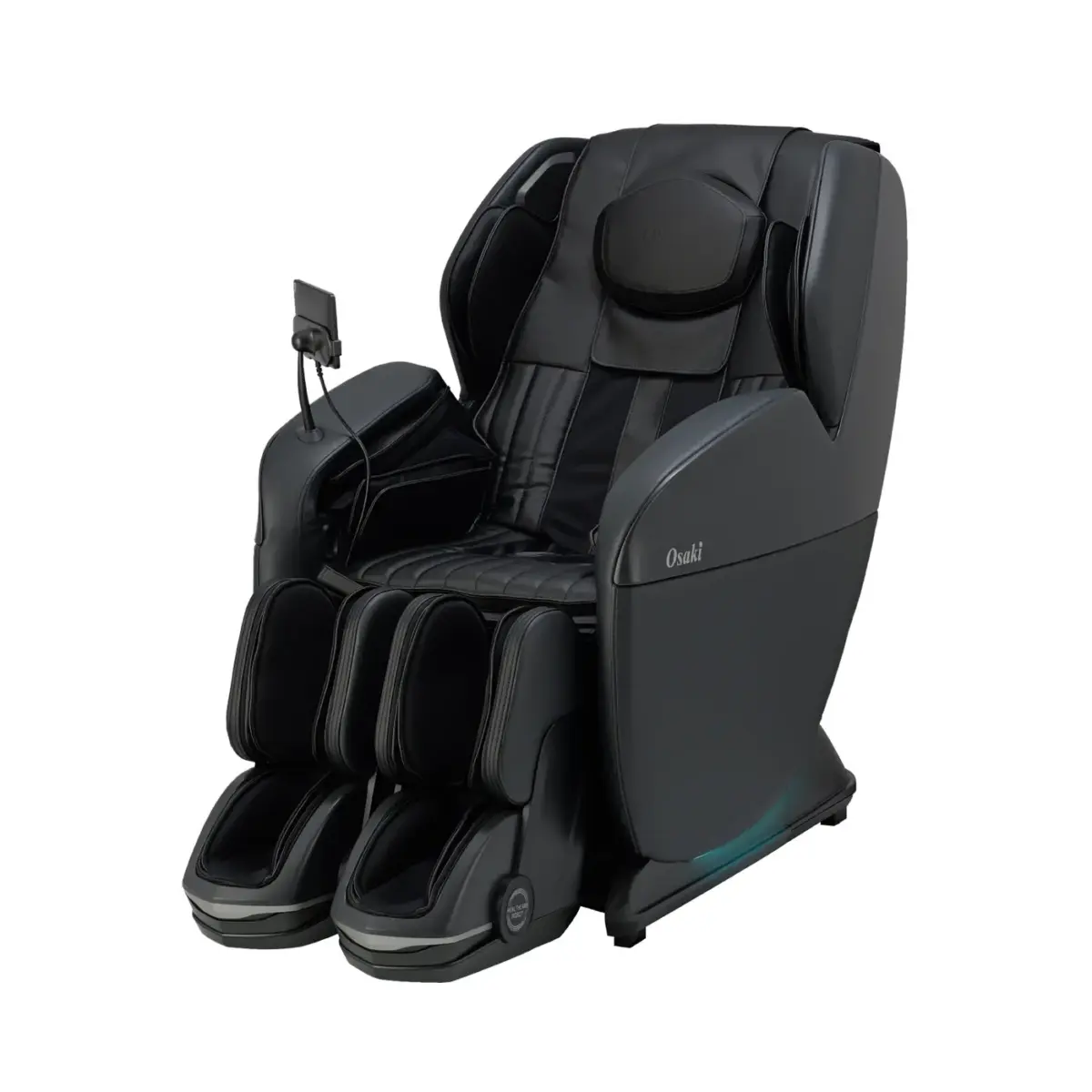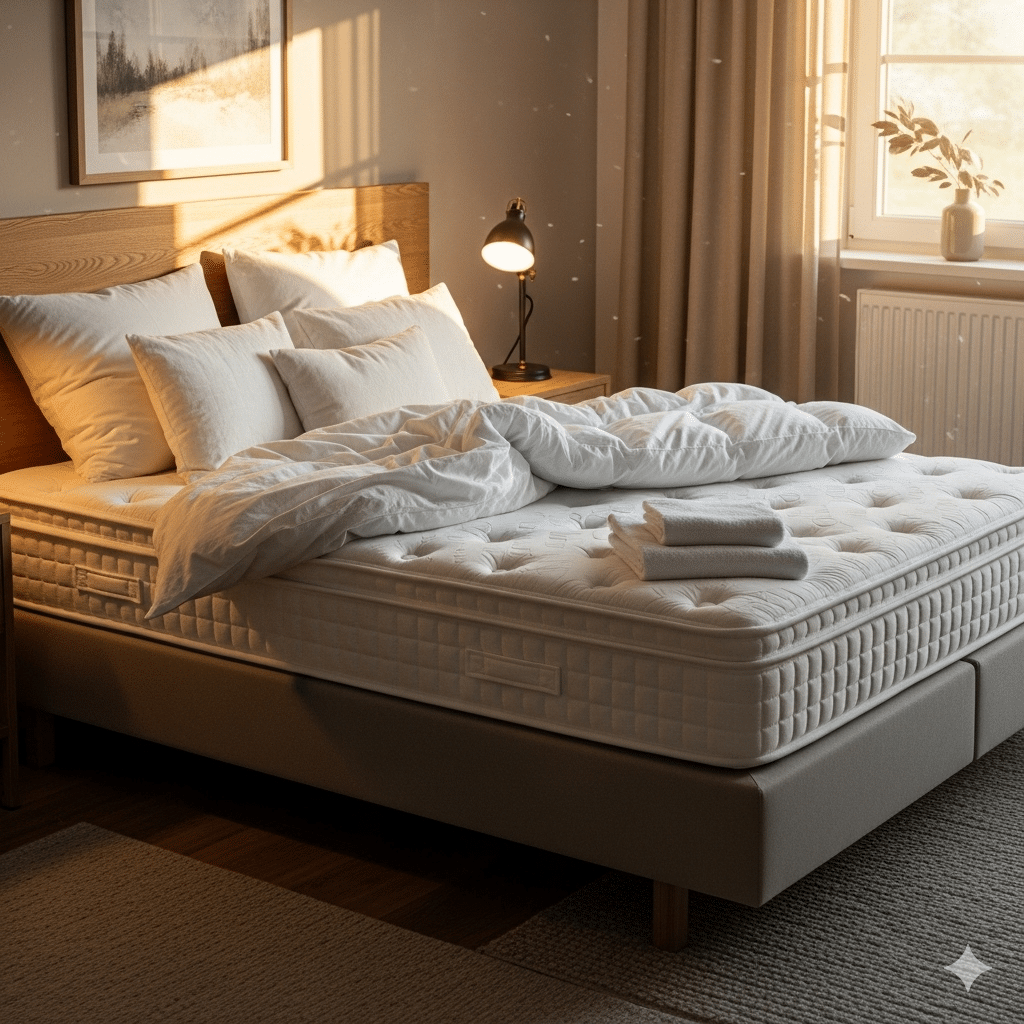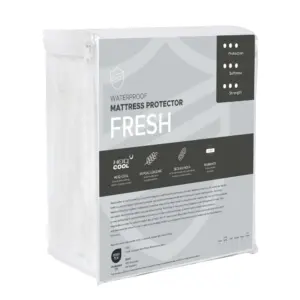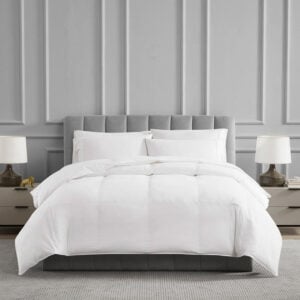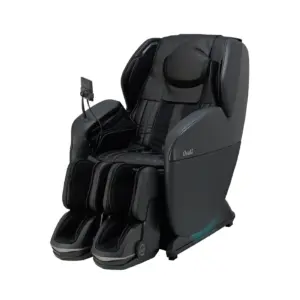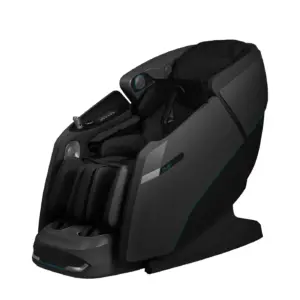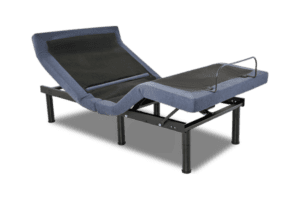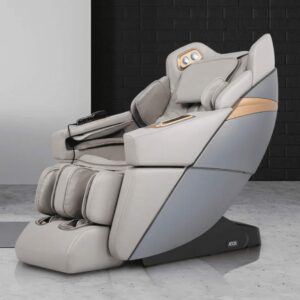Weighing the Benefits: Pros and Cons of Weighted Blankets
When exploring ways to improve sleep quality and reduce anxiety, the discussion of weighted blankets often comes up. These therapeutic tools have gained substantial attention for their potential benefits, but are they truly effective? Let’s delve into the weighted blanket pros and cons to help you make an informed decision.
Pros of Weighted Blankets
Enhances Sleep Quality
One of the standout advantages of weighted blankets is their ability to enhance sleep quality through deep pressure stimulation (DPS). This technique mimics the sensation of a comforting hug, which can significantly reduce tossing and turning during the night. Research has shown that individuals using weighted blankets tend to experience faster sleep onset and an improvement in overall sleep quality. For example, a 2020 study demonstrated that participants who used weighted blankets for six weeks reported a marked improvement in their sleep patterns.
Alleviates Anxiety
Weighted blankets are also known for alleviating anxiety. The deep pressure they provide activates your body’s pressure receptors, which helps to stimulate the release of serotonin and dopamine—the “feel-good” chemicals that enhance mood and promote relaxation. By lowering cortisol levels, the stress hormone, these blankets foster a calm environment, making it easier for people to unwind and drift off to sleep. A study even indicated that psychiatric patients who utilized weighted blankets reported lower anxiety levels compared to those who did not.
Support for ADHD and Autism
For individuals with ADHD and autism, weighted blankets can offer substantial benefits. The gentle pressure helps to manage symptoms by creating a secure and calming environment, which can lead to improved focus and reduced sensory overload. This is particularly beneficial for children and adults alike, as it fosters a sense of safety and comfort.
Additional Health Benefits
Weighted blankets aren’t just about improving sleep and mental health; they can also provide relief for physical discomfort. The deep pressure can help ease muscle tension and chronic pain, making them a valuable tool for those suffering from these conditions.
Cons of Weighted Blankets
Considerations for Health
While there are notable benefits, it is crucial to recognize that weighted blankets are not suited for everyone. Individuals with respiratory issues, like sleep apnea or asthma, may find that the extra weight exacerbates their conditions. It’s always wise to consult a healthcare professional if you have any such concerns before introducing a weighted blanket into your sleep routine.
Practical Drawbacks
The weight of a weighted blanket—often reaching up to 20 pounds—can also pose challenges. Moving them can be cumbersome, especially for those with physical limitations. If you plan to travel, packing a weighted blanket might be impractical due to its size and weight.
Moreover, the cost of weighted blankets is usually higher than standard blankets. This is attributed to the materials and construction involved in creating a product that effectively delivers the intended pressure and comfort.
Adjustment Period
Not everyone takes to the sensation of a weighted blanket immediately. Some users may find the weight feels restrictive or overwhelming at first, leading to disrupted sleep. It’s essential to give yourself time to adjust or consider starting with a lighter option.
Choosing the Right Weighted Blanket
When selecting the ideal weighted blanket, consider these key aspects:
Weight and Size Guidelines
The general guideline is to choose a blanket that weighs approximately 10% of your body weight. This helps maintain the right level of pressure without feeling overly constricted. For example, if you weigh 150 pounds, a 15-pound blanket is usually appropriate. Also, consider the size of the blanket based on how you intend to use it. Larger sizes, such as queen or king, are ideal for sharing.
Material Choices
The filling material of a weighted blanket significantly impacts its performance and feel. Options include:
– Glass Beads: Known for even weight distribution and minimal noise, glass beads provide a smooth texture and are often hypoallergenic.
– Plastic Pellets: A budget-friendly alternative, though they can add bulk and noise.
– Sand: This eco-friendly option offers a natural feel but requires careful stitching to prevent leakage.
Each option has its pros and cons, so it’s essential to choose one that aligns with your preferences.
Frequently Asked Questions
Are weighted blankets safe for nightly use?
Yes, for the majority of people, using a weighted blanket is safe. However, those with respiratory conditions should seek medical advice beforehand.
Can a weighted blanket be too heavy?
Indeed, a blanket should generally be around 10% of your body weight. A heavier blanket may hinder movement and cause discomfort during sleep.
Are weighted blankets suitable for children?
Weighted blankets can benefit children, especially those with ADHD or autism, but they shouldn’t be used by children under three due to safety concerns. Always consult a pediatrician for personalized advice.
Conclusion
In conclusion, weighted blankets offer a diverse range of benefits, from improved sleep quality to anxiety reduction and support for conditions like ADHD and autism. However, it’s essential to weigh these advantages against potential health risks and practical drawbacks associated with their use.
As you consider the right weighted blanket for your needs, think about the weight, size, and material that will provide the most comfort and effectiveness. At Yawnder, we aim to provide comprehensive insights and recommendations on weighted blankets and other sleep solutions. Explore our expertly curated selection and embark on your journey towards enhanced sleep quality and overall well-being today.



